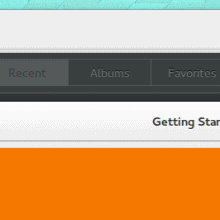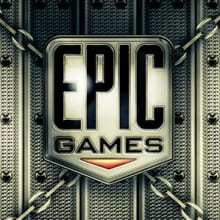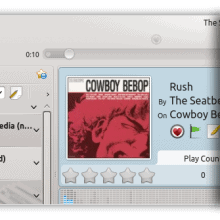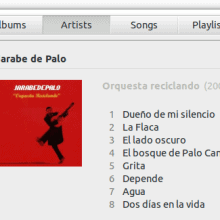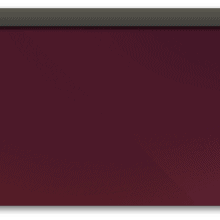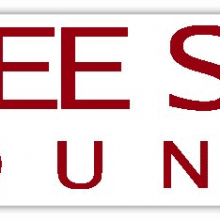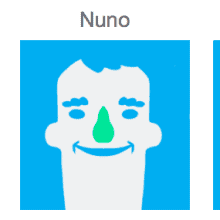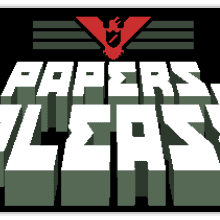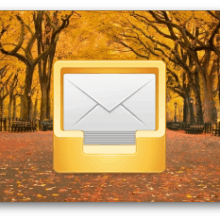What KDE can learn from: GNOME
KDE is my favourite desktop environment but as everything in this life it’s far from perfect. In this series we will simply check what KDE can learn from other desktop environments, starting by KDE’s longstanding “competitor” GNOME. Similarly there’s stuff GNOME and everybody else could learn from KDE. By the very nature of the topic…
Continue reading →